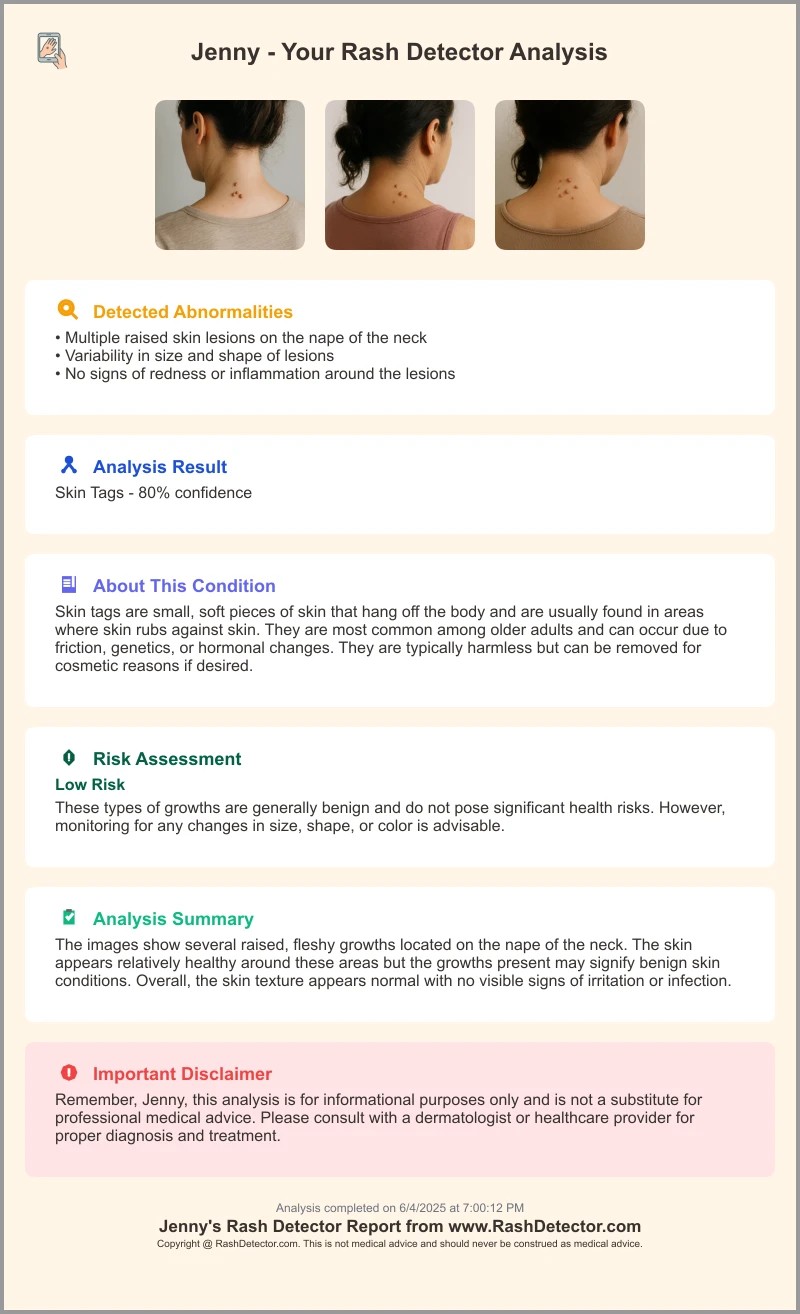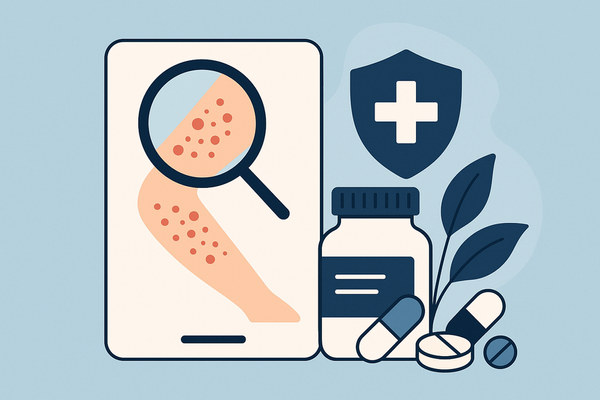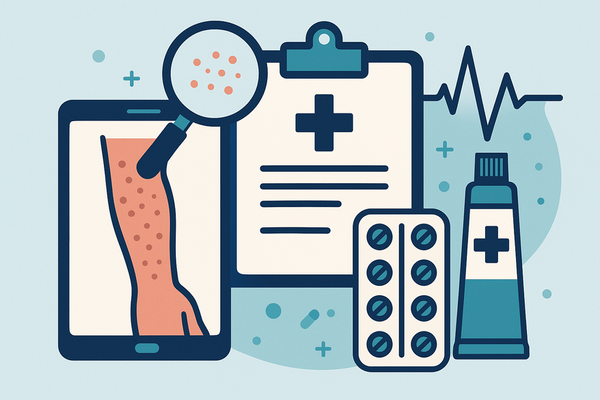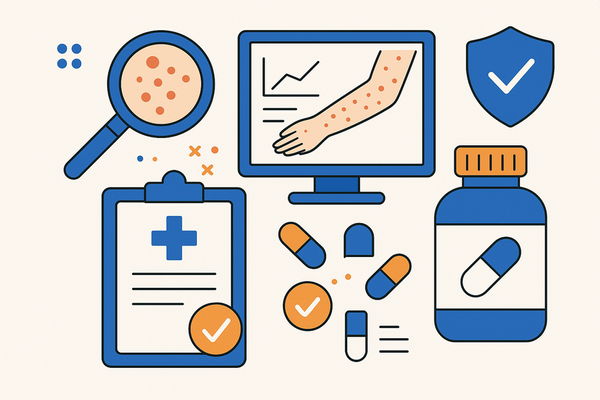Air Pollution Skin Rash: Causes, Symptoms, and Solutions
Explore how air pollution triggers skin rashes and learn about symptoms, prevention, and treatment options to protect your skin in urban environments.
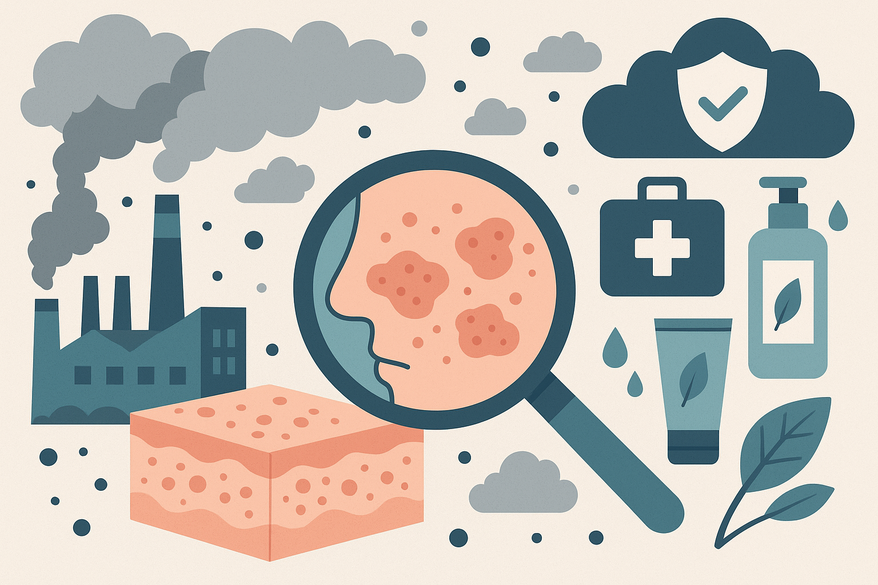
Estimated reading time: 8 minutes
Key Takeaways
- Urban air pollutants can penetrate the skin barrier, causing inflammation and rashes.
- Common triggers include particulate matter (PM2.5/PM10), ozone, nitrogen dioxide, VOCs, and PAHs.
- Symptoms often worsen on smog days and during wildfires, with redness, itching, eczema flare-ups, or hives.
- Preventative measures: monitor the AQI, use HEPA purifiers, adopt a gentle skincare routine with barrier creams, antioxidants, and SPF.
- Treatments range from OTC hydrocortisone and antihistamines to home remedies like oat baths and aloe vera.
- Consult a dermatologist if the rash persists, spreads widely, or is accompanied by systemic symptoms.
Table of Contents
- Introduction
- Understanding Air Pollution Skin Rash
- How Urban Pollution and Smog Trigger Skin Rashes
- Preventative Measures and Skincare Tips
- Treatment and Management of Air Pollution Skin Rash
- Conclusion and Final Advice
- FAQ
Introduction
In today’s crowded cities, an air pollution skin rash is a growing problem. Tiny pollutants in the air—like smog, particulate matter, and chemical irritants—attack the skin barrier and cause redness, itching, or inflammation. Studies show that rising vehicle emissions and urban pollution harm our skin as much as our lungs.
By the end of this post you will:
- Understand what causes an air pollution skin rash
- Spot symptoms and tell them apart from other rashes
- Learn practical prevention, skincare tips, and treatment advice
Understanding Air Pollution Skin Rash
What Is an Air Pollution Skin Rash?
An air pollution skin rash is characterized by redness, swelling, or itching triggered by airborne particles rather than direct contact. These tiny irritants slip into pores and inflame the skin.
Common Symptoms of Pollution-Related Rashes
- Red patches (erythema)
- Itchiness or pruritus
- Flare-ups of eczema or atopic dermatitis
- Urticaria (hives) in sensitive individuals
Key Distinguishing Factor
Symptoms often get worse on smog days or during wildfire smoke events. If your rash flares when pollution spikes, you’re likely facing an air pollution–related dermatitis.
How Urban Pollution and Smog Trigger Skin Rashes
Key Pollutants & Definitions
- Particulate matter (PM2.5, PM10): Tiny particles that invade pores and hair follicles. Learn more about particulate matter.
- Ozone (O3): A reactive gas formed when sunlight meets car exhaust and industrial fumes.
- Nitrogen dioxide (NO2): A traffic-related gas that causes oxidative stress.
- Volatile organic compounds (VOCs): Chemicals from paints, solvents, and fuels that irritate skin.
- Polycyclic aromatic hydrocarbons (PAHs): Combustion byproducts that bind to DNA and spark inflammation.
Mechanisms of Skin Injury
- Oxidative Stress & Inflammation
- Pollutants generate free radicals that trigger inflammatory cytokines (IL-1, TNF-α).
- Barrier Disruption
- Chemicals breach the lipid matrix, alter keratinocyte function, and weaken the stratum corneum.
- Antioxidant Depletion
- Pollution lowers natural skin antioxidants (glutathione, vitamins C/E), making skin vulnerable to UV and irritants.
Epidemiological Support
Clinic visits for eczema and hives rise on days with high PM2.5 and ozone. One city study saw a 20% jump in dermatitis cases during smog alerts.
Preventative Measures and Skincare Tips
Lifestyle & Environmental Controls
- Check AQI apps daily; limit outdoor time when the index exceeds 100 (“unhealthy for sensitive groups”).
- Run HEPA air purifiers indoors; keep windows shut during smog alerts.
- Avoid exercise near busy roads to cut down on inhaled and skin-settling particles.
Skincare Routine to Prevent Skin Rash
- Cleanse Gently
- Use a mild, pH-balanced, low-surfactant cleanser twice a day to wash away pollutants without stripping moisture.
- Moisturize to Reinforce Barrier
- Choose creams with ceramides, fatty acids, and occlusives like petrolatum. See Top Fragrance-Free Moisturizer Suggestions for a Stronger Skin Barrier.
- Apply Barrier Creams & Antioxidants
- Use serums rich in antioxidants (vitamins C and E, niacinamide) to neutralize free radicals.
- Protect with SPF 30+
- Finish with a broad-spectrum sunscreen to guard against UV-amplified pollution damage.
- Wear Protective Clothing
- Wide-brimmed hats, long sleeves, and UV-blocking sunglasses add a physical shield against smog and sun.
Treatment and Management of Air Pollution Skin Rash
Over-the-Counter Options
- Hydrocortisone 1% cream eases mild inflammation; apply a thin layer 1–2 times daily. See Best Anti-Itch Cream: Top OTC Solutions.
- Oral antihistamines (e.g., cetirizine) reduce itching.
Home Remedies
- Cool compresses (5–10 minutes) soothe heat and itch.
- Oatmeal baths: Add colloidal oatmeal to lukewarm water for 15 minutes, then pat skin dry.
- Aloe vera gel (90%+ pure) offers gentle, natural anti-inflammatory relief.
When to Seek Professional Care
- Rash lasts more than two weeks, spreads widely, or comes with fever/swelling.
- A dermatologist can prescribe stronger topical steroids or perform patch testing to pinpoint triggers.
Conclusion and Final Advice
Urban pollutants—PM, smog, ozone, nitrogen dioxide, and VOCs—break down the skin’s natural defenses and spark an air pollution skin rash. To protect your skin:
- Monitor AQI and limit exposure on high-pollution days
- Follow a daily routine: cleanse gently, moisturize, apply barrier creams, antioxidants, and SPF
- Use indoor air purifiers and protective clothing
- Treat mild rashes promptly; see a doctor if they persist
Share these prevention tips with friends in smoggy cities. If your skin rash won’t quit, consult a healthcare professional for tailored care.
FAQ
What causes an air pollution skin rash?
Tiny airborne particles—such as PM2.5, ozone, and chemical irritants—penetrate the skin barrier, trigger oxidative stress, and lead to redness, itching, or inflammation.
How can I tell if my rash is pollution-related?
If your symptoms flare on smoggy days or during wildfire smoke events, and improve when you’re indoors with clean air, pollution is likely the culprit.
What daily habits help prevent these rashes?
Monitor the Air Quality Index, run a HEPA purifier at home, avoid peak traffic times outdoors, and follow a gentle skincare routine with barrier creams, antioxidants, and SPF.
Are home remedies effective for relief?
Yes. Cool compresses, colloidal oatmeal baths, and pure aloe vera can soothe irritation, but they should complement—not replace—preventative measures and medical advice.
When should I see a dermatologist?
If the rash persists beyond two weeks, spreads significantly, or is accompanied by fever or swelling, seek professional evaluation for tailored treatment.
